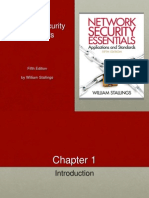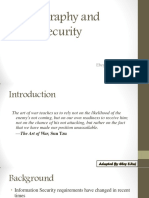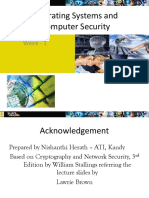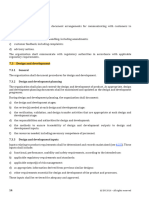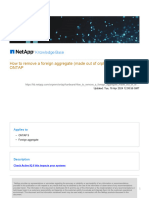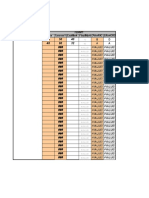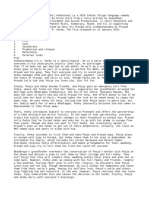0% found this document useful (0 votes)
37 views30 pagesIntro To Information Security
The document provides an introduction to computer security concepts, including definitions of security objectives like confidentiality, integrity, and availability. It discusses the OSI security architecture and categorizes security attacks as either passive (e.g. eavesdropping) or active (e.g. altering data). Finally, it introduces common security services like authentication, access control, and data confidentiality/integrity that work to prevent attacks and enhance system security.
Uploaded by
khushi desaiCopyright
© © All Rights Reserved
We take content rights seriously. If you suspect this is your content, claim it here.
Available Formats
Download as PDF, TXT or read online on Scribd
0% found this document useful (0 votes)
37 views30 pagesIntro To Information Security
The document provides an introduction to computer security concepts, including definitions of security objectives like confidentiality, integrity, and availability. It discusses the OSI security architecture and categorizes security attacks as either passive (e.g. eavesdropping) or active (e.g. altering data). Finally, it introduces common security services like authentication, access control, and data confidentiality/integrity that work to prevent attacks and enhance system security.
Uploaded by
khushi desaiCopyright
© © All Rights Reserved
We take content rights seriously. If you suspect this is your content, claim it here.
Available Formats
Download as PDF, TXT or read online on Scribd
/ 30





















